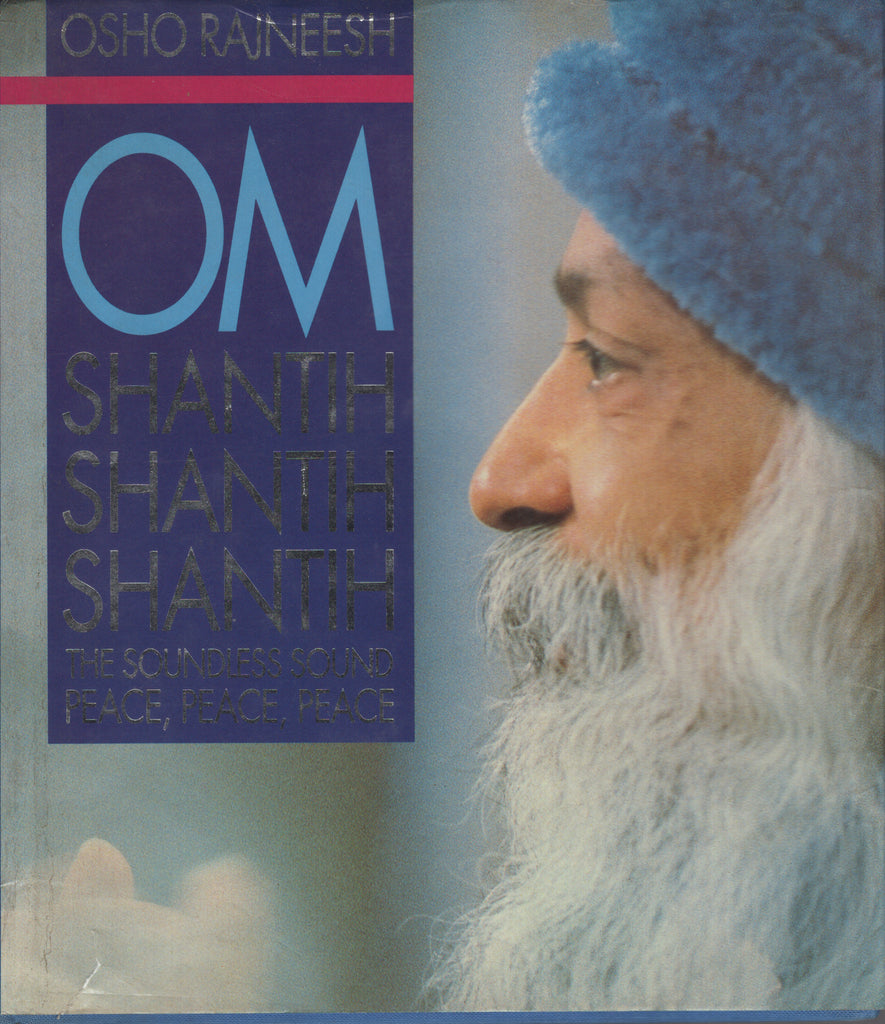
By the late 1970s, the tension between the ruling Janata Party government of Morarji Desai and the movement led to a curbing of the ashram's development and a back tax claim estimated at $5 million.

In 1974, Rajneesh relocated to Pune, where an ashram was established and a variety of therapies, incorporating methods first developed by the Human Potential Movement, were offered to a growing Western following. During this period, he expanded his spiritual teachings and commented extensively in discourses on the writings of religious traditions, mystics, bhakti poets, and philosophers from around the world.

In 1970, Rajneesh spent time in Mumbai initiating followers known as " neo-sannyasins". Following several years in academia, in 1966 Rajneesh resigned his post at the University of Jabalpur and began traveling throughout India, becoming known as a vocal critic of the orthodoxy of mainstream religions, as well as of mainstream political ideologies and of Mahatma Gandhi. Rajneesh experienced a spiritual awakening in 1953 at the age of 21. In advocating a more progressive attitude to human sexuality he caused controversy in India during the late 1960s and became known as "the sex guru". As a guru, he taught a form of meditation called dynamic meditation and advocated that his followers live fully but without attachment, a rejection of traditional ascetic practices. He rejected institutional religions, insisting that spiritual experience could not be organized into any one system of religious dogma. He was viewed as a controversial new religious movement leader during his life. Rajneesh (born Chandra Mohan Jain 11 December 1931 – 19 January 1990), also known as Acharya Rajneesh, Bhagwan Shree Rajneesh, and later as Osho ( / ˈ oʊ ʃ oʊ/), was an Indian godman, mystic, and founder of the Rajneesh movement.

Osho International Meditation Resort, Pune


 0 kommentar(er)
0 kommentar(er)
